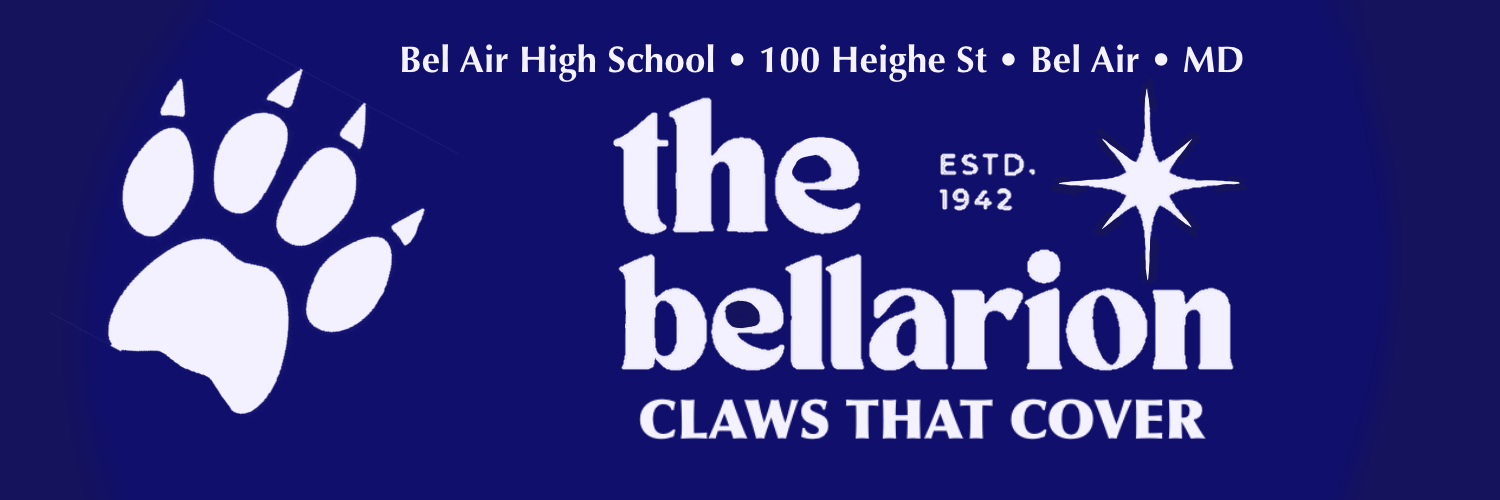Education, Schmeducation
June 5, 2017
On May 1st, 2017, I finally put down my college enrollment deposit for a college that, on May 1st, 2016 and probably all the years preceding, I would’ve never foresaw myself starting the first part of the rest of my life. In the weeks before, I slowly began to whittle down my limited range of options down to two schools: the two both prestigious, urban Southern schools vying for the title of the “Harvard of the South”, one located in a sprawling, Spanish style campus with a smaller student body and a greater focus on the natural sciences and the other, a school in the middle of the hustle and bustle of a city well known for the medical organizations. I ended up putting up my hefty 485 dollar fee into the latter. At the end of the day, it came down to the money, but that’s a whole ‘nother editorial for later, y’all.
My college application process began in the spring of junior year, when I applied to a scholarship program that helped me out a lot when I started choosing universities. Through this scholarship program, by the end of September, I had applied to my first set of colleges. Fast forward to January and I was applying to about 5 more school, rounding my total of to ten schools. I had a lot of lofty ideals when it came to applying to college and realistically, of course, my results did not live up exactly to what I dreamed of. I got a few waitlists and deferrals, but a whole lot of rejections. Still, the stars always seem to align somehow for me and I had decided that I would be heading down South to Emory University.
To be quite honest, when I first realized what school I’d be actually going to, I felt a wave of nervousness around everything that I did. Would I be able to deal with the rigor of college academics? How would I be able to afford everything? Most importantly, how would I bring all of my shoes? Fast forward to June and I’ve already found a roommate and I’ve begun to plan out my method of travel. I spend nights poring over my major requirements (Neuroscience and Behavioral Biology represent) and looking into research opportunities- we’re located right by the CDC!- and study abroad options. But most of all, I’m excited to explore my new campus and the surrounding area, Atlanta, a city very different from the quaint town that I grew up in, and what it has to offer restaurant-wise, style-wise, culture-wise and entertainment-wise.
For monetary reasons, I had considered community college as a viable option for a good while. With four hundred dollars a pop for a class, you’re getting a good deal of learning for a pretty nominal charge when compared to the fees paid for the public flagships and private schools so popular amongst the youth. And contrary to popular belief, community college isn’t the black hole of post-secondary education: after two years, there’s so much more you can do with your Associate’s Degree. It is often the best option for low-income students, students that would rather work than go to school, and to be honest, for some people, it’s just about the overwhelming fear of leaving home. When one of my older cousins entered his senior year, he saw himself with the option of attending school at University of Maryland College Park or Morehouse College, a historically black men’s college in Atlanta. Despite the fact that he had a full ride scholarship to Morehouse, my cousin completely scrapped all of his choices and went ahead to join the Marines. My aunt was HIGHLY disappointed with him, and my cousin spent about seven years in the Marines. He was discharged sometime at the end of last year and ended up taking community college courses at a school in Washington State. However, he didn’t want to regret the lack of time wasted on his education: he decided that he wanted to transfer to a four-year college somewhere closer to home. Narrowing it down to Columbia and Fordham in New York City, he ended up getting into Columbia University, one of the most notable Ivy League schools. As the old aphorism goes, anything is possible if you wish it so.
I saw it myself when I took classes at the Harford Community College campus over the summer over 2016. It was an English class that I wasn’t sure I was going to make use of for college credit when I actually finished high school with the possibility of me getting a 4 or 5 on the AP English Language exam lingering in the background. But with the deal I was getting and the fact that my mom wanted me busy all summer, I went ahead and took the course. One thing that was remarkable to me was that there were hardly any teenagers in the classroom- it was a rarity to even spot people under the age of 25 entering classes for the summer session. A few of the older students hadn’t gone to school in more than fifteen years and were able to find themselves a foundation in the language arts.
But this isn’t an editorial about the superiority of attending community college over anything else; it’s about finding where you belong. For many, going to school for another large period of time is missing some sort of the je ne sais quoi that the rest of life offers. Many students already find themselves interested in the more mechanical underside of the workforce and begin pursuing that early on in high school. These students shouldn’t feel pressured to go to traditional four year universities when there are plenty of viable work-related experiences and trade schools . I hope that we, as a society, can continue to breed a sentiment that everyone’s passion is valid and this must start in primary education.
A lot of my friends are staying in-state: HCC, UMBC, UMD, Towson and the list goes on and on. Admittedly, I don’t fear homesickness in my 800 mile venture; I feel very ready to make new friends and detach myself from some of the things that keep me grounded in Bel Air. While I am feigning sadness that a lot of my friends are going to be gone but I’m excited (sorta) to see them venture off into adulthood. We all know how the proverbial reunion scene goes: twenty years after high school grad, entering a crudely-decorated gymnasium and being greeted by the aged faces of former classmates, a majority of them living dreary middle class lives with the one successful entrepreneur outlier. I’m expecting a lot more out of my classmates; I wanna see well-known athletes, Kim K-styled socialites, evil tech genius, humbled startup owners, infamous activists, in general, positions that show the diversity and reach of our humble 400-person class.
When I first began elementary school, I was placed into a very special program for very special students: English as a second language, or as it lovingly condensed by the masses, ESOL. My immigrant parents come from an English-speaking country, yet the pidgin and British-flavored English that they spoke to us as we were growing up often minced the words that America would’ve wanted us to know. During Language Arts classes, my younger brother and I were pulled out of our classrooms and placed into dimly-lit rooms where we pronounced “cat” and “hat” until our hard palates were numb. Today, I write in a similarly lit room, but as the editor-in-chief and not a hard-headed little girl with a speech problem. Well, maybe I still have a bit of that public speaking issue, but I can confidently say (even with the slightest bit of vitriol) that school has changed my life for the better. Thank you to my teachers, specifically the Blackburns, to my friends, to my parents, and to everyone has been there for me for the past thirteen years.

